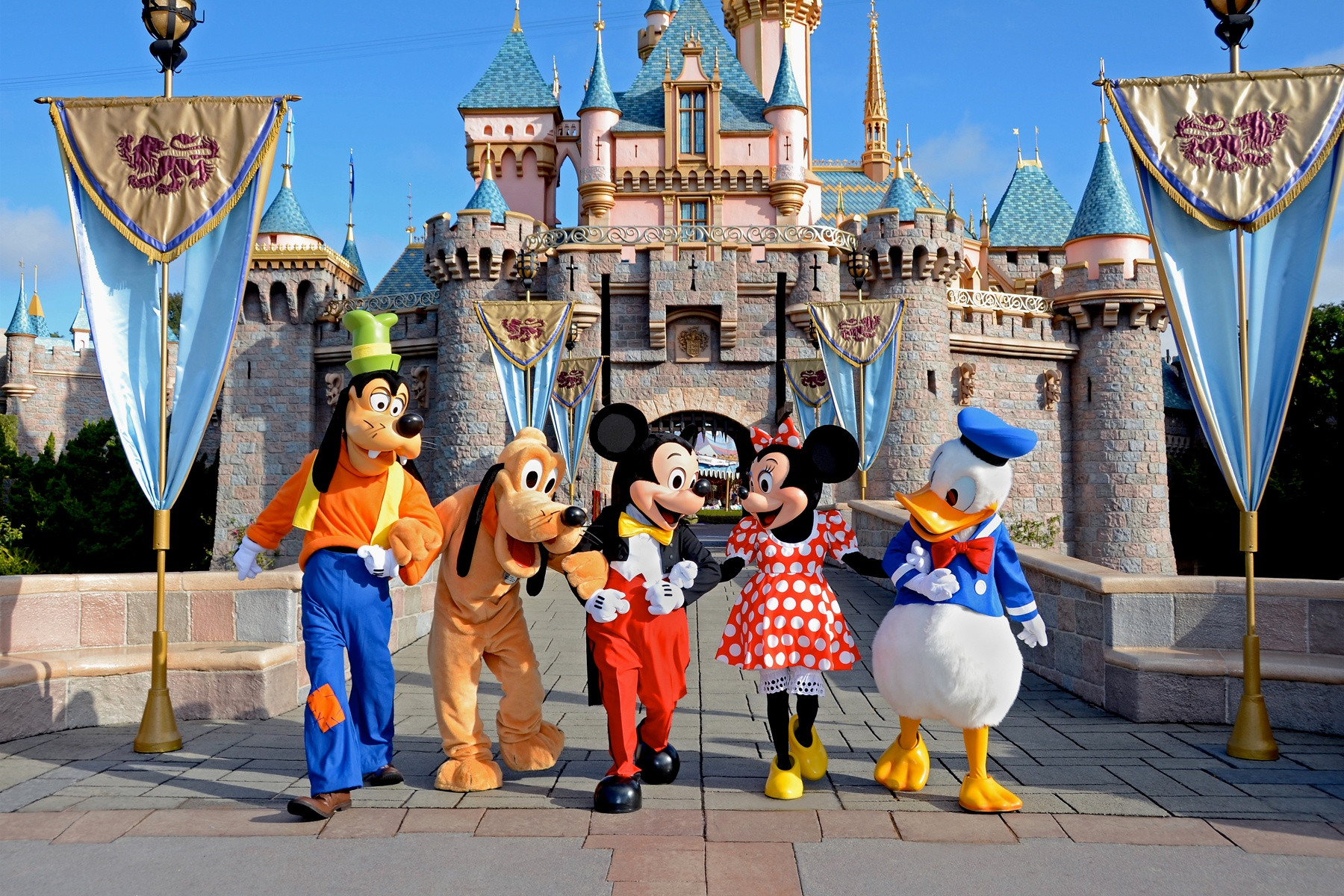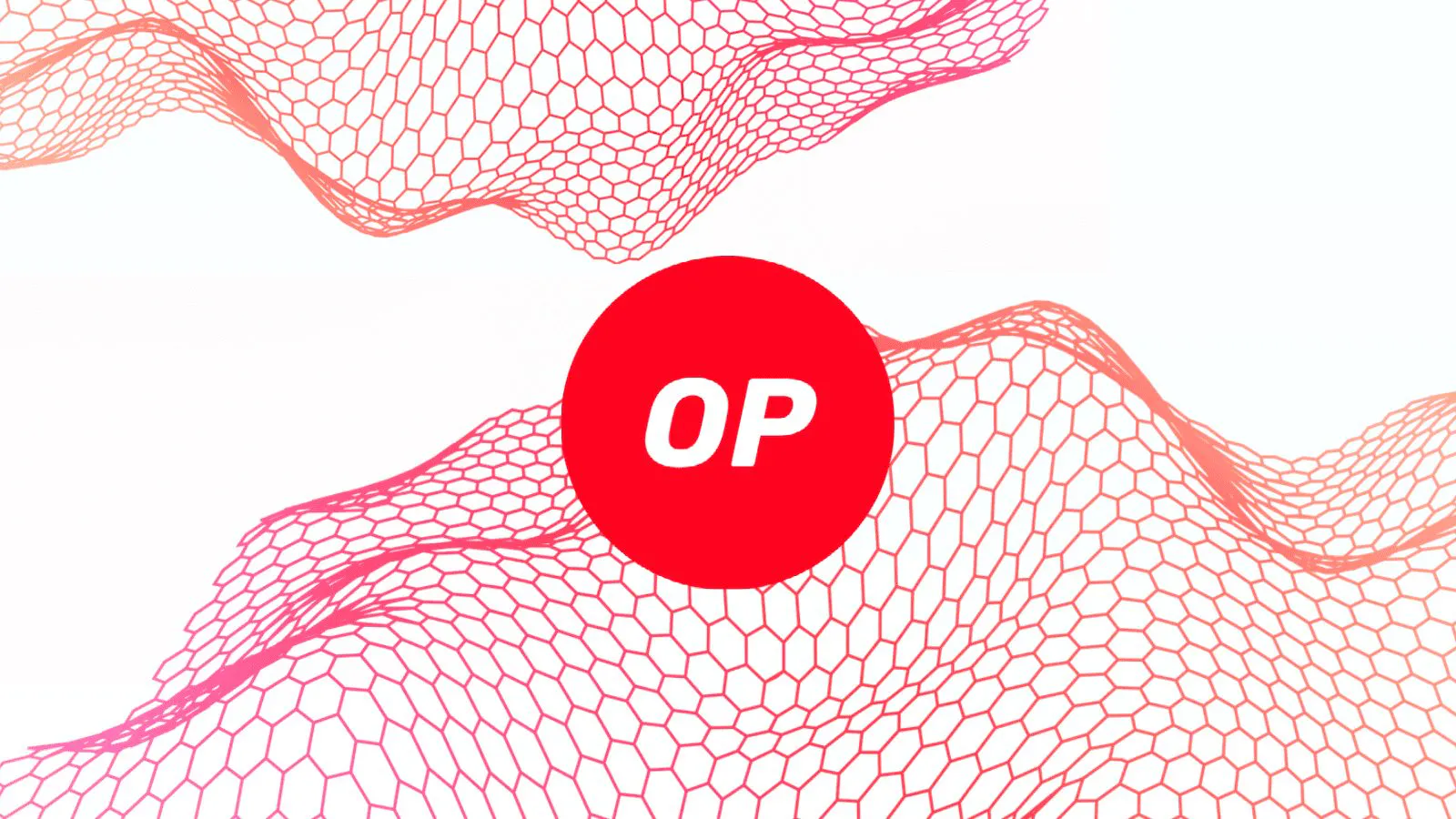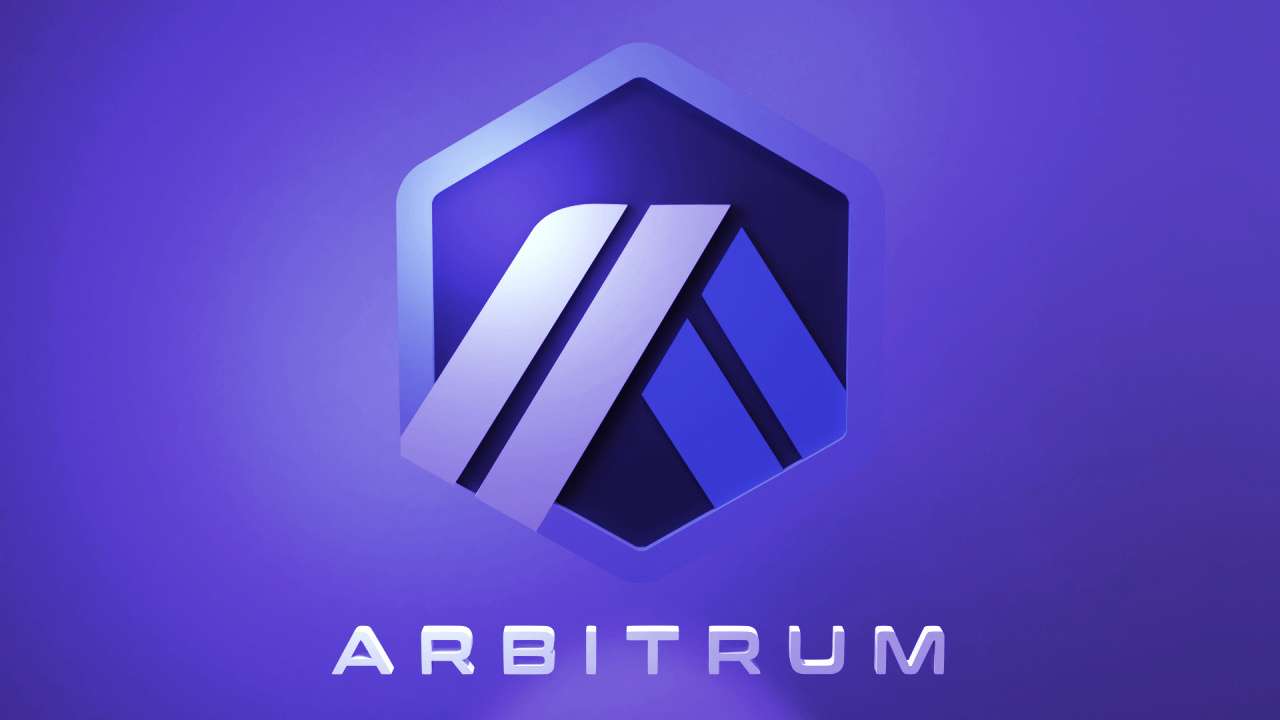The development of Layer 2 is very fast in the market. Not only comparing aspects of ecosystem, technology, developers or users, but today we hear opinions about the license between Layer 2 Arbitrum and Optimism with their Stack.
The content of this article is largely taken from Post by Steven Goldfeder, Co-Founder Offchain Labs on Twitter. Along with that is my perspective and opinion on the Layer 2 license.
What is a Layer 2 License?
A Layer 2 license is a type of license issued to Layer 2 or Layer 3 application developers. This license allows developers to use Layer 2 resources, such as networks and infrastructure. layer and data, to develop and deploy their applications.
Layer 2 licenses are often issued for free or at a low fee. This is intended to encourage developers to develop Layer 2 or Layer 3 applications, helping to improve the scalability and usability of Blockchain.
There are different types of Layer 2 licenses, depending on the developer’s needs. Some licenses allow developers to use all resources, while some licenses only allow developers to use certain resources.
In this article we only focus on comparing how Layer 2 operates regarding licenses.
Steven Goldfeder’s Perspective

There is a story that the community often talks about about a topic surrounding open source and not open source. But in reality, it is not simply open source, it is also related to the benefits and development stories behind it.
Let’s start by discussing amusement parks. There are two different models for operating amusement parks. In park B, admission is free but once inside, you will have to pay if you want to hang out.
- Park A: In park A, you have to pay a large entrance fee and then you get to experience the services completely for free because it is included in the admission price.
- B Park: In park B, admission is free but once inside, you will have to pay if you want to hang out.
Both of these models are used in practice. The Disney World parks follow model A. Coney Island’s Adventureland is a park similar to park B in the example above (fun fact: I haven’t been there in years, but as I recall, it’s more than games – you even have to pay to use the restroom)
What does this have to do with Layer 2? There is a lot of work that needs to be done to build the L2 stack. And there is a fundamental tension between the open source of the software and the internalization of value in the protocol, adapting to potentially competitive ramifications.
For Arbitrum Nitro, there are 2 cases: building L2 and L3. If you want to build L3 using the Arbitrum stack, it is completely open and license-free (this is called Arbitrum Orbit). You can use the code and modify it however you want and without having to ask anyone.
This is possible because there is a natural association when building L3. This chain is built on top of one of the chains managed by the DAO and will drive activity in the Arbitrum ecosystem.
But what if you want to build an L2? There is no natural connection here as the standalone L2 does not necessarily interact with the wider Arbitrum ecosystem.
If you want to build L2, you need to apply to Foundation/DAO and get a license. And once you get your license, you can get started. This is model A, you will pay the joining fee upfront and then you are free to run your chain as you wish and choose how to manage it. Currently Offchain Labs or DAO can issue licenses, but DAO/Foundation has had a few calls recently and there seems to be general agreement on streamlining this process to make it easier for you to get paid licenses before.
And remember that if you are building an L3, since there is a natural upfront association you can join and use the services for free (the license is issued automatically and you can use it according to wish). There are also some reasons why L3 is better than L2 in many projects, but that needs its own thread.

In contrast, OP Stack is in model B. It is open source (free admission) but understandably they also want to add value to the project. So instead of charging an entrance fee, they created a new ride in the park that you will have to apply for a license for, Superchain.
So you can enter the park for free. But if you want to interact with OP Mainnet, Base and possibly more chains in the future, you will need to apply for their license. And the Superchain license (called Chain Law) will also require you to follow the OP’s governance regarding which software upgrades you run and which chains you are allowed to interact with.
Both of these models are reasonable, but Steven Goldfeder prefers the Arbitrum model because it’s super simple. If you are building an L3 then you should choose the Orbit Stack. If you’re building an L2, put in the work first to get the license and from that point on, you’re good, you’re free. You’ll never have to pay for another ride, and you’re completely free to manage your own chain, choose the software to run, and choose which other chains it can interact with.
Interop (the ability to communicate) is where I believe it is better to build bridges and not walls. And that’s why I think A’s licensing strategy makes sense to create a consortium and put restrictions on the chain rather than members being able to communicate and run free software.
To share Sequencer, Offchain is contributing to Espresso’s effort to build an open, non-neutral platform.
Personal Perspective
Optimism
Just as Steven Goldfeder, Co-Founder of Offchain Labs said above, the OP Stack toolkit is allowing the construction of Layer 2 completely free of charge. But OP Chains need to comply with the general rules set by the Superchain community, which is Optimism and Base, called Law Of Chain. So is this reasonable or not?
Indeed, there is nothing wrong with this issue, even when you participate in traffic on the road, even though you pay taxes, you still have to comply with general traffic laws. As for Op Chains, they can use the tools to develop without having to pay any fees, so at least they must comply with the general law. This law is set to bring the Superchain community to develop in the best direction.

In addition, to participate in common governance in chain law, projects need to hold OP governance tokens. This issue is not required but it also brings value to the OP and the project that developed the toolkit. Because essentially OP Chains have nothing to do with Optimism.
On the other hand, I do not agree with the need to pay to communicate or connect to chains like Optimism or Base. Because it will create a big barrier for the development of Superchain as well as individual OP Chains. Building bridges for free trade in Superchain will bring more value and the ecosystem will develop better, in other words, everyone will benefit.
Arbitrum
The Orbit Stack toolkit is free to use to build Layer 3, also known as Orbit Chain. From here, the Orbit Chain depends on the layer below, Layer 2 Arbitrum, and brings a lot of value to this Layer 2. So in reality, Orbit Chain is influenced by Layer 2 Arbitrum or Arbitrum’s governance. This problem is no different from Superchain and Steven Goldfeder also acknowledges this fact.

However, Offchain Labs’ Co-Founder emphasizes allowing good Fork projects to use technology and tools to build a Layer 2 similar to Arbitrum. To do so, the project needs to apply for a license from Arbitrum’s DAO or Offchain Labs. Then the project developed its Layer 2 in a free, non-binding direction, related to Arbitrum.
This is quite a good way because the need to ask for permission and get approval or even pay for the license will carry a value to the DAO and the project. But not all projects are approved or agreed upon, so only large, serious projects can go in this direction.
Summary
Each project has its own approach with different purposes, while Optimism and Arbitrum provide different stacks, creating product diversity and choices for developers. There is no best technology because it will develop without stopping, but there will be the right technology for each project.
As for the toolkit, Arbitrum brings great simplicity and efficiency when projects can easily build and develop their chains quickly. However, it depends on Arbitrum’s technology and infrastructure. And Optimism is bringing unlimited scalability and technology diversity. So each toolkit will have its own advantages and disadvantages, but no project is perfect.
My perspective is not entirely correct, nor is it a perspective, but it is a personal perspective with many subjective opinions. Hope it will contribute to your stream of useful new information!


